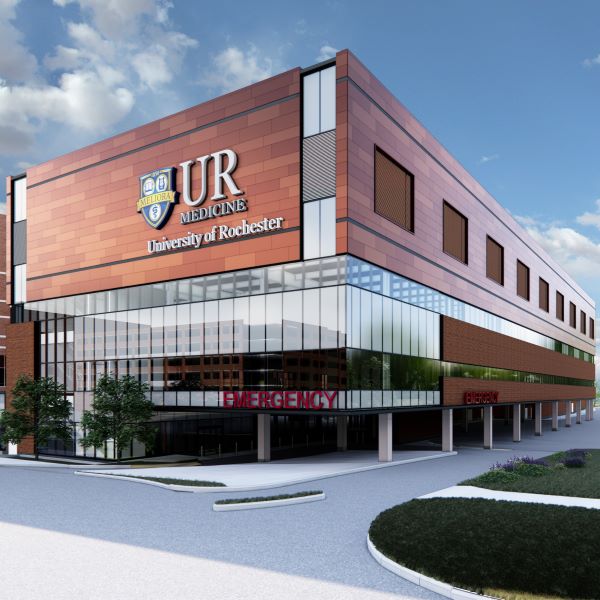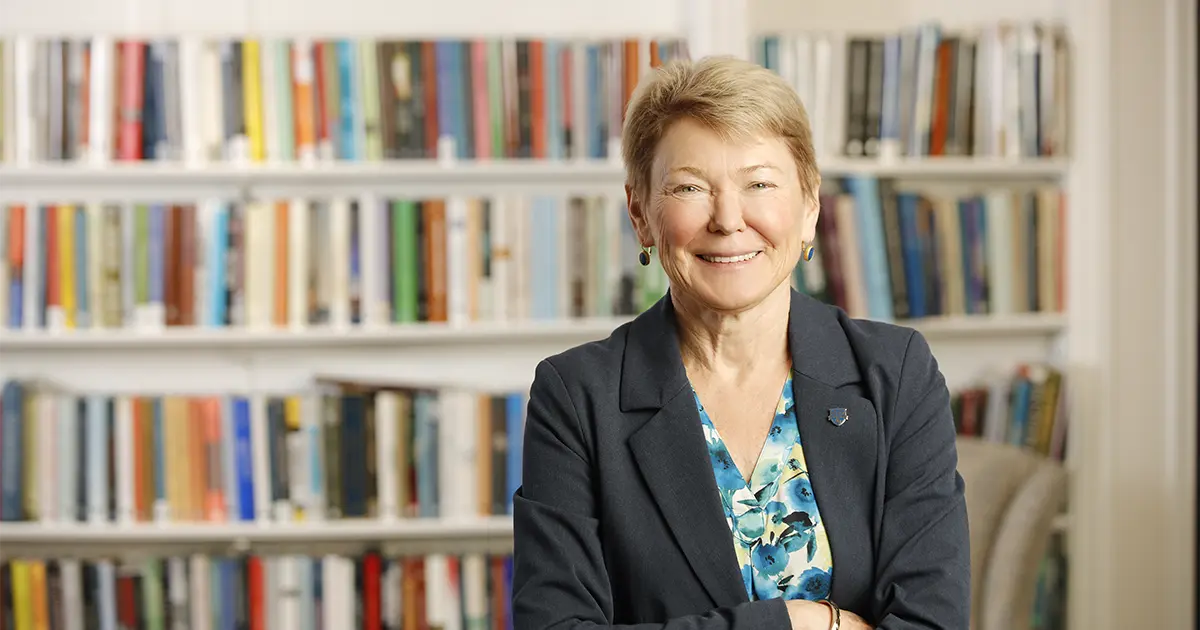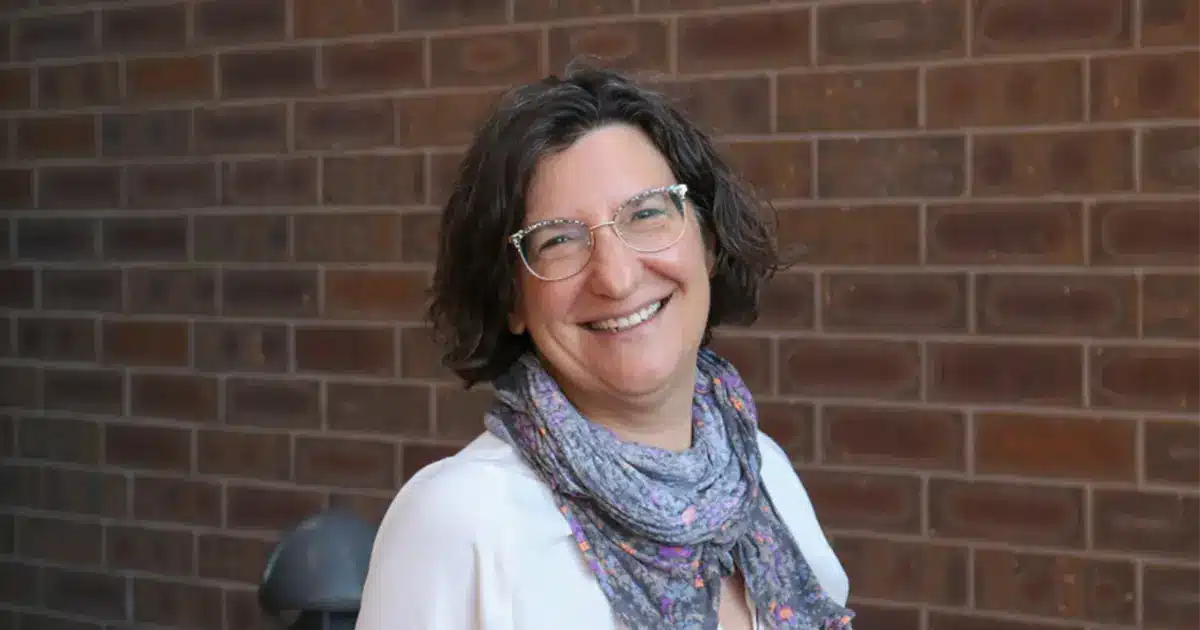A new era of emergent care
In the early 20th-century, American educator Abraham Flexner was of the mind that about 80 percent of the United States’ medical schools risked being in breach of the Hippocratic Oath simply by being open. He said about as much in Medical Education in the United States and Canada (1910)—which actually succeeded in getting some schools to close.
But Flexner wasn’t just a critic. He had his own ideas about medical education, and he decided to put them to the test at the University of Rochester. After proposing the idea of a medical school to then-University president Rush Rhees, he had to sell it to philanthropist George Eastman, whose financial backing was essential. Ultimately, the Kodak magnate provided $4 million in Kodak shares for an endowment that would establish and maintain the school.
With additional leadership support from the General Education Board—backed by oil tycoon John D. Rockefeller—Henry Alvah Strong, Helen Griffin Strong, and their daughters, Gertrude and Helen, Strong Memorial Hospital opened to patients as a 250-bed teaching hospital in January 1926.
Flexner’s plan to revolutionize medicine became the cornerstone of the University of Rochester Medical Center. And now, almost 100 years later, Strong is the focus of the largest capital project in University history.
Strong getting stronger
For the past 20 years, the Strong’s emergency department (ED) has seen a substantial increase in emergency visits and wait times. On September 8, a groundbreaking event recognized the Strong Expansion Project, which will more than triple the size of the hospital’s ED and add a nine-story patient tower.
“Today marks a new beginning for this great hospital,” said Mark Taubman, CEO of the Medical Center and dean of the School of Medicine and Dentistry.
The expansion, expected to be complete in 2027, will add 650,000 square feet of modern treatment space, including floors for diagnostic and treatment services, cardiovascular care, and the inpatient hospital. Inpatient floors will be converted to nearly all private rooms that meet the latest requirements in patient safety and infection control.
“The University’s commitment to our community, and to its health and wellness as its safety-net provider, is a responsibility we take very seriously,” said University President Sarah Mangelsdorf. “It’s a commitment we have upheld since the earliest days of Strong.”
A legacy of community health care
In A History of the University of Rochester, 1850–1962, University historian Arthur May explains the Eastman’s giving was motivated by his desire to make Rochester a more desirable place to live and work, which included improved its health care facilities. Boundless Possibility, the University’s 2030 strategic plan, continues the important work of improving community health.
The University is focused on further developing clinical cancer services, redesigning ambulatory care settings, and forming partnerships that enable innovative care for high-complexity patients. All of this is part of a comprehensive goal that seeks to deliver health care of the highest order and reinforce Rochester’s position as upstate New York’s health system of choice.
goal addressed
Related updates
President Sarah Mangelsdorf reflects on the University of Rochester’s strong progress, campus growth, and resilience heading into 2025–26.
Leading efforts to improve health outcomes at URMC, Wendy drives system-level change to ensure accessible, patient-centered care for people across communities.
Meet Meghan Plate, a visionary administrator uniting diverse teams and pioneering innovative strategies to transform healthcare education at the School of Medicine and Dentistry.









